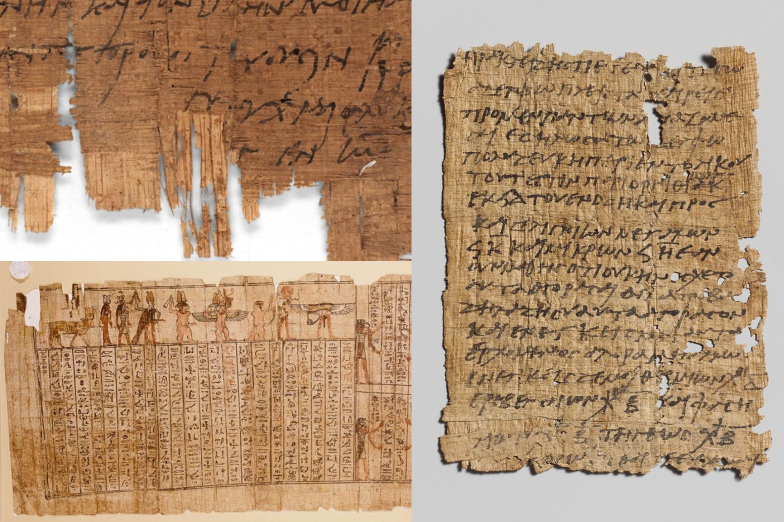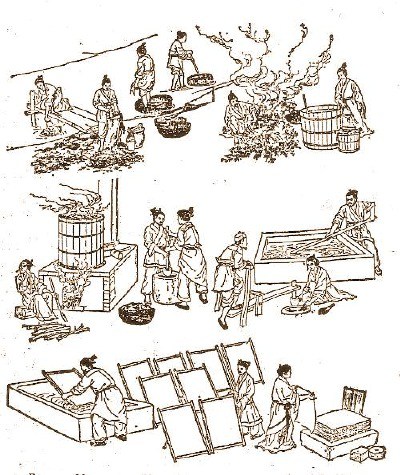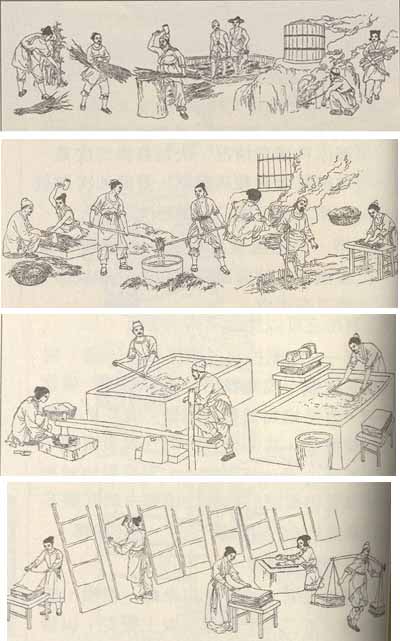From Papyrus to Pulp: The Invention of Paper and Its Evolution Through History

Paper is one of humanity’s most transformative inventions—an essential tool that revolutionized communication, preserved knowledge, and enabled the rise of civilizations. From its ancient origins in China to modern high-speed industrial production, the history of paper is the story of human ingenuity, cultural exchange, and technological innovation. This article explores the origin, development, and global journey of paper, tracing how it evolved over centuries to shape the modern world.
Origins: Paper’s Birth in Ancient China
The earliest true paper was invented in China during the Han Dynasty, around 105 CE, traditionally credited to Cai Lun, a court official. While materials such as papyrus, bark, bamboo slips, and silk had been used for writing before, Cai Lun’s process marked a major leap forward in accessibility and practicality.
Cai Lun’s process included:
- Bark from mulberry trees
- Old rags and fishing nets
- Soaking and pounding the materials into a pulp
- Spreading the pulp onto a woven screen
- Drying it into thin sheets
The resulting product was cheaper, lighter, and more versatile than earlier writing surfaces.
The Spread of Paper-Making Technology
East and Central Asia
From China, the art of papermaking spread to neighboring cultures:
- Korea adopted it by the 4th century.
- Japan began producing paper by the early 7th century, using native mulberry trees and refining their own styles, like washi.
The Islamic World
In 751 CE, during the Battle of Talas, Chinese paper-makers were captured by Arab forces. This encounter marked a pivotal moment: the introduction of papermaking to the Islamic world.
In cities like Baghdad, Damascus, and Cairo, paper mills emerged, and paper replaced expensive parchment for manuscripts, enabling the Islamic Golden Age of science, literature, and philosophy.
Innovations included:
- Use of linen and hemp fibers
- Introduction of water-powered mills
- Improved quality and consistency
Europe
Paper reached Europe through Islamic Spain and Sicily in the 12th century. At first met with skepticism—some officials and clergy preferred vellum—paper eventually became popular due to its lower cost.
The first paper mills in Europe appeared in:
- Spain (Xàtiva) in the 12th century
- Italy in the 13th century
- France and Germany by the 14th century
By the 15th century, with the invention of the printing press by Johannes Gutenberg, paper demand soared, and Europe saw a paper revolution.

The Printing Press and the Paper Explosion
The mid-15th century invention of movable type printing caused an explosion in the demand for paper across Europe. With books and pamphlets becoming more affordable, literacy expanded among the middle classes.
This era also saw the emergence of:
- Watermarks to indicate origin or mill
- Standardized sheet sizes and grades
- Papermakers’ guilds to regulate quality
Paper fueled the Renaissance, Reformation, and Scientific Revolution—providing the material base for the rapid spread of ideas.
Industrialization and Mass Production
The greatest transformation in paper production came in the 19th century, during the Industrial Revolution.
Key developments:
- The Fourdrinier machine (1806): Invented in England, it mechanized the papermaking process, allowing continuous rolls of paper to be produced.
- Wood pulp paper: Replacing linen and rags, wood became the main raw material. Chemical pulping methods (e.g., sulfite and kraft processes) made paper cheap and abundant.
- Bleaching and sizing: Improved appearance and writing quality.
- Newsprint and packaging: Newspapers, magazines, cardboard boxes, and office supplies became widely accessible.
By the late 19th century, paper became ubiquitous—used for newspapers, education, commerce, and government records.
The Digital Age and Sustainability Challenges
In the 20th and 21st centuries, paper use reached unprecedented heights—then came under pressure from digital technologies:
- Email, e-books, cloud storage, and smartphones reduced the demand for printing and writing paper.
- The rise of environmental awareness also raised concerns about deforestation, waste, and pollution.
The paper industry responded by:
- Increasing recycling rates (over 60% of paper is now recycled globally)
- Investing in sustainable forestry
- Reducing energy and water consumption in production
- Creating eco-labels and biodegradable packaging
However, paper still plays a critical role in packaging, hygiene products, legal documentation, and print media.
Paper Around the World Today
Today, paper is produced in over 150 countries, with the largest producers being:
- China
- United States
- Japan
- Germany
- Finland
Paper products fall into several major categories:
- Printing and writing paper
- Packaging (cardboard, cartons)
- Toilet paper and tissues
- Specialty papers (banknotes, filters, medical use)
Modern research is also exploring alternative fibers (e.g., hemp, bamboo, straw) and tree-free papers to make the industry more sustainable.

Conclusion
The story of paper is the story of civilization. It has preserved the wisdom of empires, spread the teachings of religions, sparked revolutions, and nurtured the imagination of writers, scientists, and artists for nearly 2,000 years.
From handmade sheets in ancient China to the rolling presses of today’s mega-mills, paper remains a symbol of communication, creativity, and human progress. Despite the digital age, its impact is far from over—reminding us that sometimes the most powerful ideas still begin on a blank sheet.




